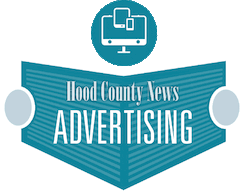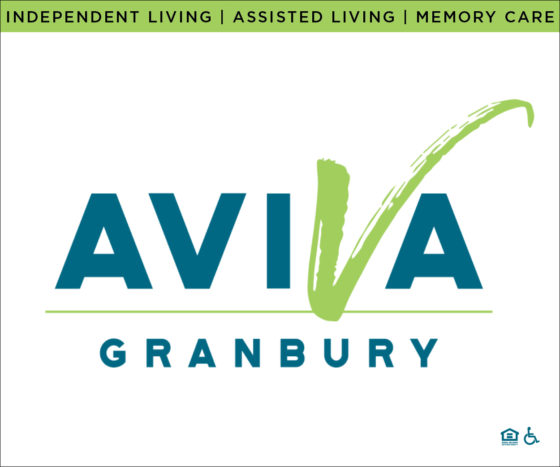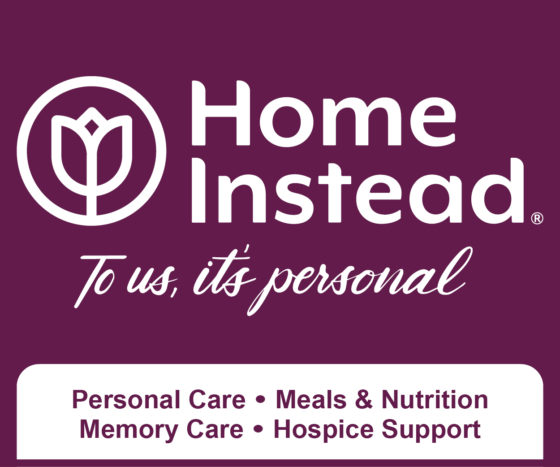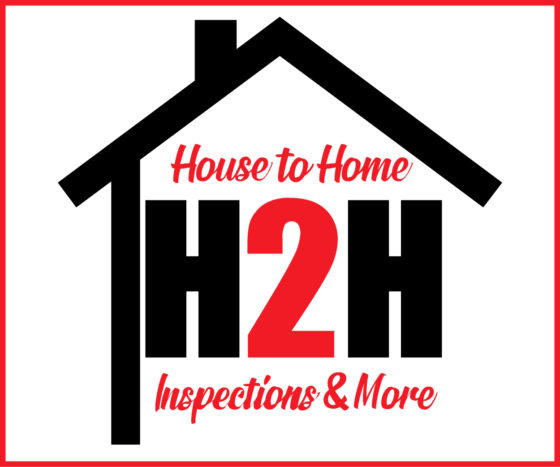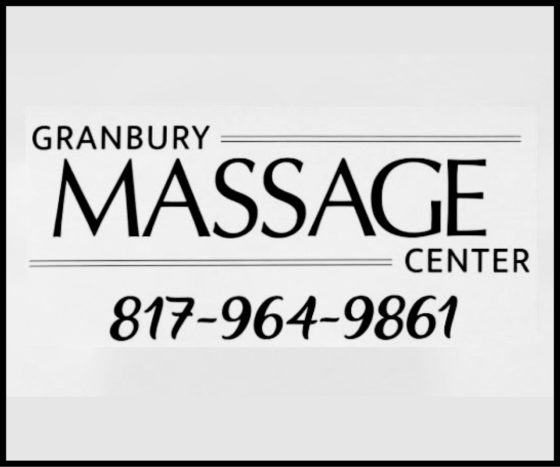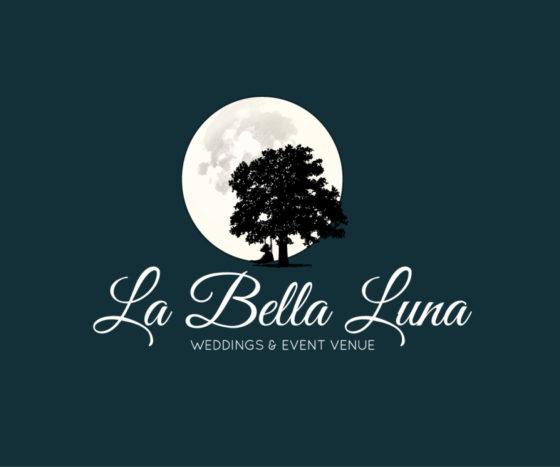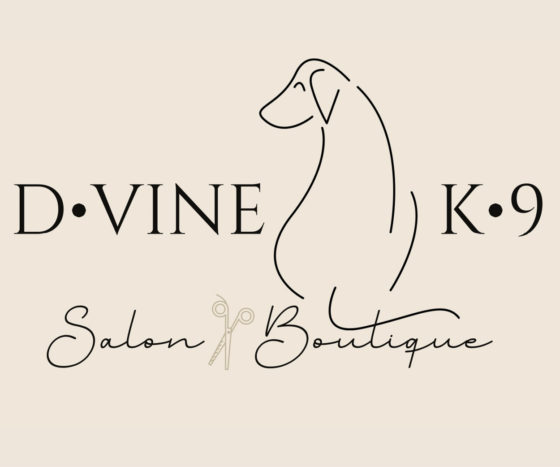1. Border. How do we separate the ad from the surrounding type?—with a border. Borders should complement the look that you are developing with your ad and should never be the most prominent part of your ad. Straightforward and simple is best.
2. Heading. Ad legend David Ogilvy stated once that “The headline is a key part of the sales message; no matter how well the ad is presented, it can’t succeed if it is not read. If your headline does not include a selling message, you may be wasting 80 percent of your dollars.” Following the headline, you’ll have subheads that either clarify or amplify the thought in the headline. Subheads should be handled in much the same way as headlines, but are visually weighted somewhere between the body copy and the heading.
3. Illustrations. A highly effective way to draw the reader’s attention to an ad is with the illustration. Studies have shown that an ad with an illustration that takes up 50 percent or more of the ad space increases readership by as much as 37 percent.
4. Price– Price is an important (and often dominant) element in a layout. Many local advertisers build their ads around the price. You can accent price in several ways: (1) as part of the heading, (2) the core the ad is built around, (3) preceding the copy, and (4) in the text space.
5. White space. Use as much white space as you can afford to use. It minimizes distraction and draws attention to what matters most.
6. Body copy. Body copy expands benefits offered in the headline. The power of well written advertising copy is proven by the billions of dollars of sales directly resulted from great newspaper advertising. Benefits should be written as though you were making friendly, personal conversation.
7. Signature. The signature is often a logotype. Though often used synonymously with logo, signature means the name of the advertiser in any form, and unlike the logo, may change form from one ad to the next. Remember not to let the signature overpower other important aspects.
8. The one second test. The one second test is a way of determining whether a reader can tell at a glance what the advertiser is selling. You should be able to look at a layout for a second, then close your eyes and recall its sales message. If you didn’t get the message, you need to improve the layout. Another factor that affects eye appeal is concentration, grouping your selling points into display headings and text masses.
9. Color. Try to achieve contrast in layout by effective use of different size type, bold type and color. If you can, try to fit color into your advertising budget. Introducing color increases impact.
10. Creativity. Simplicity, focal point and sequence in mind, will be appealing to the eye. However, some ads are more visually appealing than others. The difference is in creativity.
